Clefs
This page lists of the various symbols in the Clefs group.
A clef (French: clef; “key”) is a musical symbol used to indicate the pitch of written notes. Placed on one of the lines at the beginning of the stave, it indicates the name and pitch of the notes on that line. This line serves as a reference point by which the names of the notes on any other line or space of the stave may be determined. Only one clef that references a note in a space rather than on a line has ever been used.
There are three types of clef used in modern music notation: F, C, and G. Each type of clef assigns a different reference note to the line on which it is placed.
Symbols in this group:
Alto clef
When the C-clef is placed on the third line of the stave, it is called the alto clef. As with all C-clefs, this line indicates the position of middle C.
bariton clef
Because it is equivalent to the F-clef on the third line, the C-clef on the fifth line version of the baritone clef is a rarity.
Baritone clef
When the F-clef is placed on the third line, it is called the baritone clef.
Bass clef
When the F-clef is placed on the fourth line, it is called the bass clef. This is the only F-clef used today, so that the terms "F-clef" and "bass clef" are often regarded as synonymous.
C clef
This clef points to the line (or space, rarely) representing middle C, or approximately 262 Hz
F clef
The line or space between the dots in this clef denotes F below middle C, or approximately 175 Hz.
French Violin Clef
When the G-clef is placed on the first line of the stave, it is called the French clef or French violin clef.
G clef
The centre of the spiral defines the line or space upon which it rests as the pitch G above middle C, or approximately 392 Hz.
Mezzo-soprano clef
When the C-clef is placed on the second line of the stave, it is called the mezzo-soprano clef.
Neutral clef
The neutral or percussion clef is not a clef in the same sense that the F, C, and G clefs are. It is simply a convention that indicates that the lines and spaces of the stave are each assigned to a percussion instrument with no precise pitch.
Soprano clef
When the C-clef occurs on the first line of the stave, it is called the soprano clef.
Sub-bass clef
When the F-clef is placed on the fifth line, it is called the sub-bass clef. It is identical to the treble clef transposed down 2 octaves.
Tablature
For guitars and other fretted instruments, it is possible to notate tablature in place of ordinary notes. In this case, a TAB-sign is often written instead of a clef.
Tenor clef
When the C-clef is placed on the fourth line of the stave, it is called the tenor clef.
Treble Clef
When the G-clef is placed on the second line of the stave, it is called the treble clef. This is the most common clef used today, and the only G-clef still in use. For this reason, the terms G-clef and treble clef are often seen as synonymous. The treble clef was historically used to mark a treble, or per-pubescent, voice part.
Citation
Use the citation below to add this symbols group page to your bibliography:
Style:MLAChicagoAPA
"Clefs Symbols." Symbols.com. STANDS4 LLC, 2025. Web. 13 Mar. 2025. <https://www.symbols.com/group/35/Clefs>.


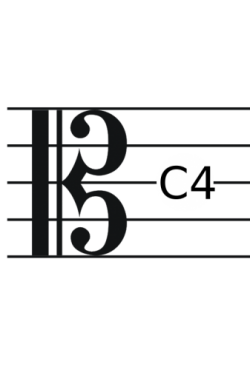
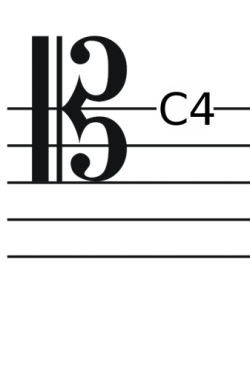
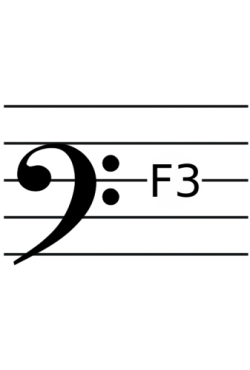
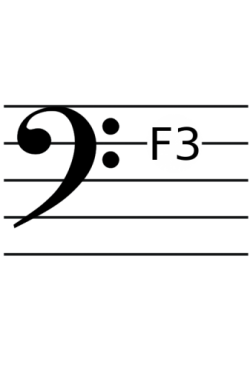


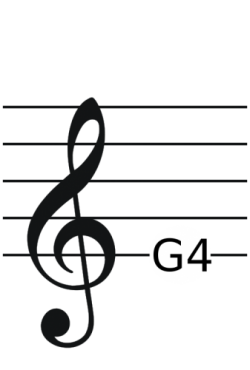




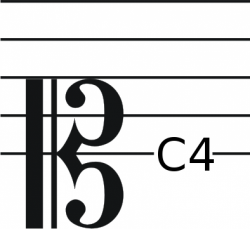
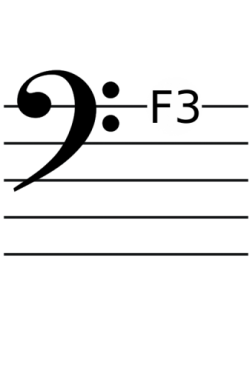

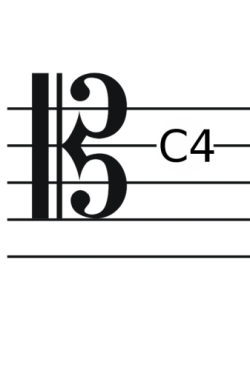
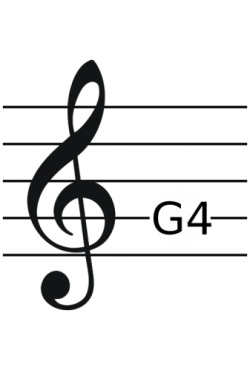




Have a discussion about the Clefs group with the community:
Report Comment
We're doing our best to make sure our content is useful, accurate and safe.
If by any chance you spot an inappropriate comment while navigating through our website please use this form to let us know, and we'll take care of it shortly.
Attachment
You need to be logged in to favorite.
Log In